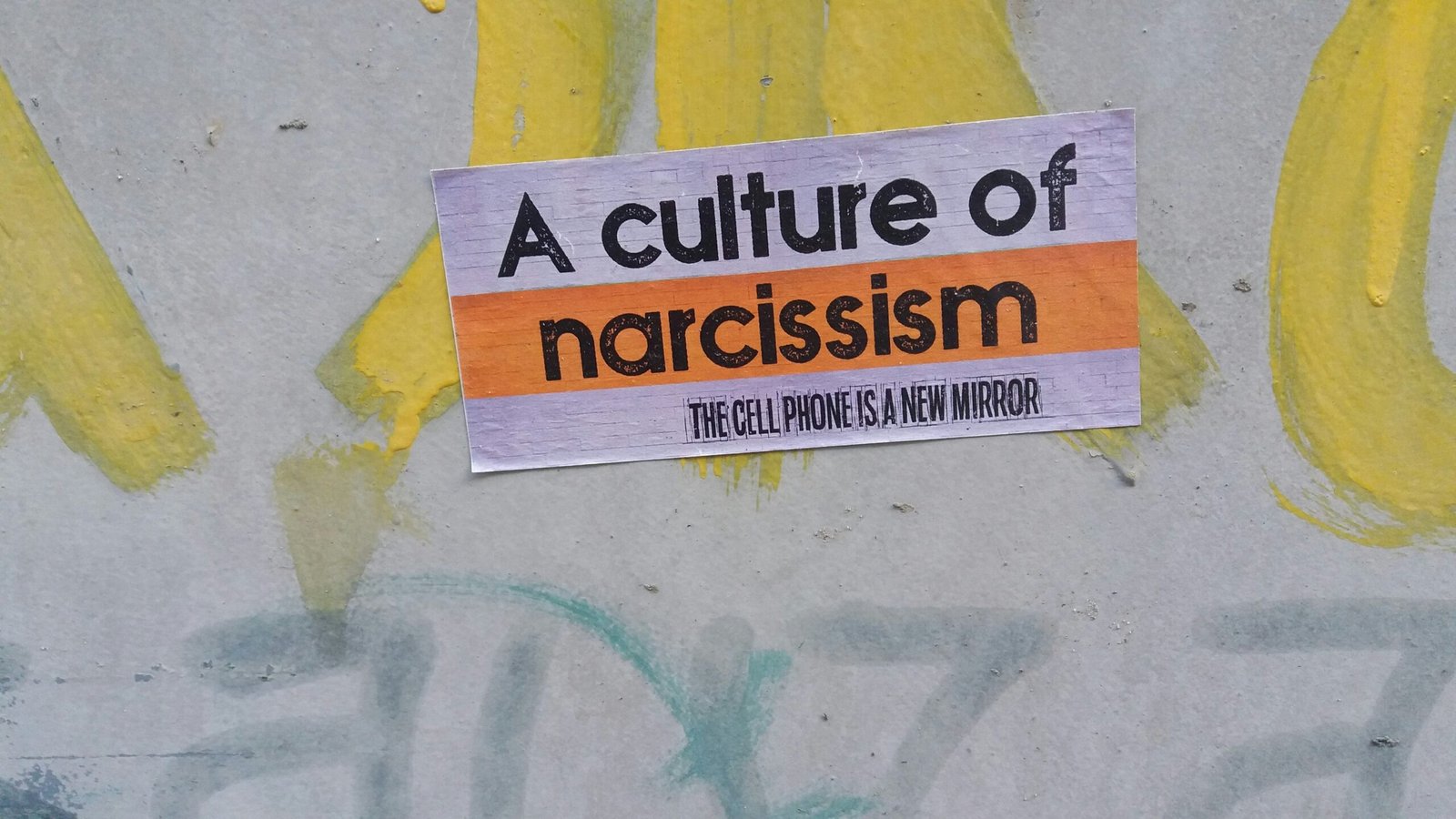What is Gender-Based Violence?
Gender-based violence (GBV) refers to harmful acts directed at individuals based on their gender, predominantly affecting women and girls, although men may also be victims. This form of violence manifests in various dimensions that include physical, emotional, sexual, and economic abuse. Physical violence includes acts such as hitting, slapping, and other forms of physical assault. Emotional abuse can comprise behaviors designed to manipulate, control, or undermine an individual’s self-esteem, such as verbal abuse and coercive control. Sexual violence is characterized by non-consensual sexual acts, including rape and sexual assault. Economic abuse involves restricting access to financial resources, thereby fostering dependency and limiting autonomy.
Statistical data reveal the alarming prevalence of gender-based violence across the globe. According to the World Health Organization (WHO), approximately 1 in 3 women worldwide experience either physical or sexual violence in their lifetime, often perpetrated by an intimate partner. This statistic demonstrates not only the individual impact of GBV but also the larger societal implications. In many cultures, harmful norms and attitudes contribute to the acceptance and normalization of violence against certain genders, perpetuating a cycle of abuse and discrimination.
While GBV is often portrayed as a private issue, it is fundamentally a critical social problem that transcends cultural and national boundaries. The repercussions of gender-based violence are profound, affecting not only the direct victims but also families and communities. Consequently, it is vital to recognize GBV in all its forms and to engage in sustained advocacy aimed at dismantling the structures that enable such violence. Understanding the various forms of GBV and their prevalence is essential in fostering a holistic view that leads to effective solutions and intervention strategies.
Root Causes of Gender-Based Violence
Gender-based violence (GBV) is a multifaceted issue rooted in a variety of socio-cultural factors, systemic inequalities, and power dynamics. Traditional gender roles often dictate how individuals act based on their sex, leading to rigid expectations of masculinity and femininity. These norms can create an environment where violence is tolerated or even condoned as a means of asserting dominance. For instance, some cultures perpetuate the belief that men must exert control over women, viewing physical aggression as a demonstration of strength. Such attitudes not only normalize violence but also diminish the perceived autonomy of women, positioning them as subservient within the hierarchy of gender relations.
Systemic issues also play a significant role in fostering an environment conducive to GBV. Economic factors, such as poverty and lack of access to education, can trap individuals in cycles of violence. When communities are impoverished, stressors may increase, often exacerbating conflicts within households. Limited educational opportunities further diminish individuals’ ability to recognize and challenge these harmful dynamics. Empowering communities through education and economic support can be a critical step in breaking this cycle.
Power dynamics are central to understanding GBV. Discrimination based on race, sexual orientation, and class can intersect to create unique vulnerabilities. For instance, marginalized communities often experience higher rates of violence due to their socio-economic status or ethnicity, with victims frequently feeling they have limited access to support systems. Gender-based violence does not exist in a vacuum; it is intertwined with broader structural inequalities that reinforce discrimination and silence. Addressing GBV ultimately requires a nuanced understanding of these root causes and a commitment to dismantling the systems that perpetuate such violence.
Impact of Gender-Based Violence on Individuals and Society
Gender-based violence (GBV) inflicts profound and multi-faceted impacts on individuals and society as a whole, leading to devastating physical, emotional, and psychological consequences for the victims. Survivors often experience trauma that manifests in varying degrees of mental health issues, including depression, anxiety, and post-traumatic stress disorder (PTSD). The psychological scars of GBV can linger long after the physical injuries have healed, affecting every aspect of a survivor’s life, including their relationships, work, and overall quality of life.
Physical health complications stemming from gender-based violence can range from chronic pain and disabilities to serious reproductive health issues. Victims may employ avoidance behaviors that prevent them from seeking necessary medical care, exacerbating health problems and leading to increased healthcare costs. Furthermore, the physical and mental toll of GBV on individuals can dramatically reduce their productivity, which has broader implications for economic stability in communities. When a significant portion of the population faces adverse health effects due to violence, it creates an economic burden that can stymie community growth.
The societal impacts of gender-based violence extend well beyond individual experiences. Communities often bear the brunt of these consequences in the form of heightened healthcare expenditures, increased demand for social services, and interruptions in workplace productivity. Moreover, GBV perpetuates systemic inequalities, reinforcing cycles of violence and oppression. In societies where gender-based violence is rampant, gender stereotypes and discriminatory attitudes are often tolerated, making it challenging to achieve social equity and justice.
Addressing the impact of gender-based violence is crucial for fostering healthy societies. It requires not only immediate interventions for survivors but comprehensive strategies that tackle the underlying causes of violence. By recognizing and combating the far-reaching consequences of GBV, societies can take vital steps toward building a more equitable and compassionate environment for all individuals.
Strategies to Combat Gender-Based Violence
Combatting gender-based violence (GBV) requires a multifaceted approach that involves preventive measures, community engagement, and robust support systems. Education and awareness campaigns serve as the cornerstone of prevention, aiming to inform individuals about the realities of GBV, its impact on victims, and the importance of consent. Schools, workplaces, and community centers can implement workshops and programs designed to foster a culture of respect and equality. These initiatives can challenge harmful stereotypes and provide individuals with the tools needed to intervene safely when they witness incidents of violence.
Legal reforms are equally significant in the fight against GBV. Governments should enact and enforce laws that protect victims and hold perpetrators accountable. This may involve establishing stricter penalties for offenders and facilitating easier reporting mechanisms for victims. Moreover, training law enforcement and judicial personnel on handling GBV cases sensitively can create an environment where survivors feel supported and empowered to come forward.
Victim support services play an essential role in recovery and empowerment. Access to counseling, legal assistance, and healthcare is vital for survivors seeking to rebuild their lives. Organizations that provide these services should focus not only on crisis intervention but also on long-term support to help individuals regain autonomy and confidence.
Community involvement is crucial for sustainable change. Local organizations, advocates, and citizens can come together to create a support network for survivors and their families. Engaging men and boys as allies in gender equality efforts can also shift societal norms around masculinity and violence. This can lead to fewer occurrences of GBV and a greater understanding of its ramifications.
Non-governmental organizations (NGOs) play a pivotal role in addressing GBV at various levels. They can assist in awareness campaigns, policy advocacy, and provide direct services to those affected. Collaboration between governmental and non-governmental entities is essential for creating comprehensive strategies to effectively combat gender-based violence.



